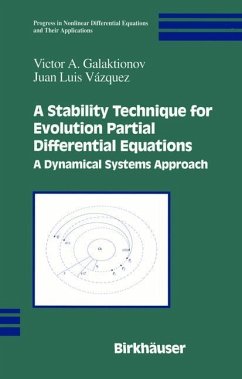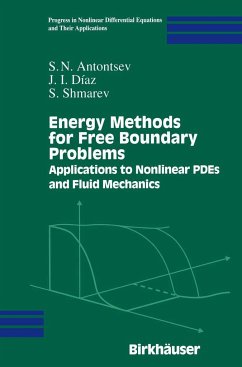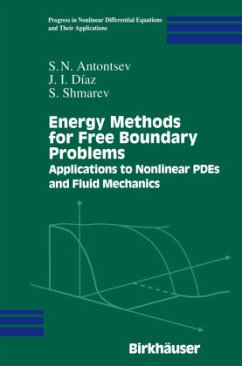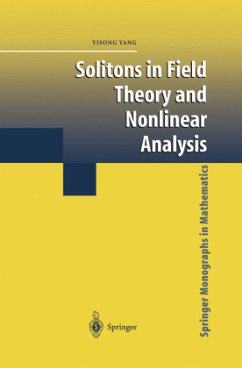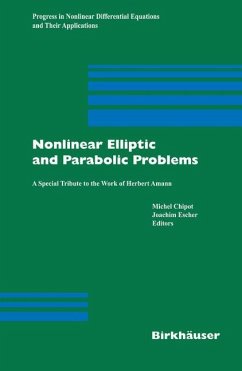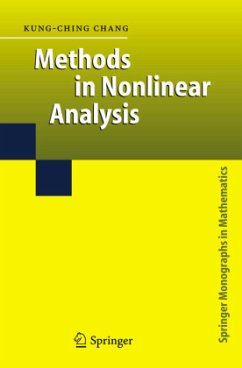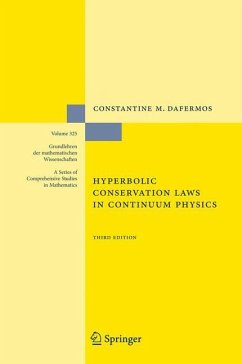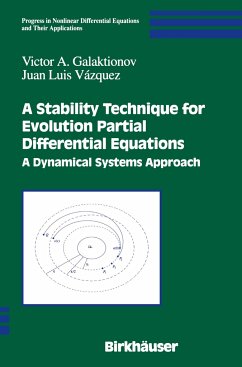
A Stability Technique for Evolution Partial Differential Equations
A Dynamical Systems Approach
Versandkostenfrei!
Versandfertig in 6-10 Tagen
38,99 €
inkl. MwSt.
Weitere Ausgaben:

PAYBACK Punkte
19 °P sammeln!
* Introduces a state-of-the-art method for the study of the asymptotic behavior of solutions to evolution partial differential equations. * Written by established mathematicians at the forefront of their field, this blend of delicate analysis and broad application is ideal for a course or seminar in asymptotic analysis and nonlinear PDEs. * Well-organized text with detailed index and bibliography, suitable as a course text or reference volume.
common feature is that these evolution problems can be formulated as asymptoti cally small perturbations of certain dynamical systems with better-known behaviour. Now, it usually happens that the perturbation is small in a very weak sense, hence the difficulty (or impossibility) of applying more classical techniques. Though the method originated with the analysis of critical behaviour for evolu tion PDEs, in its abstract formulation it deals with a nonautonomous abstract differ ential equation (NDE) (1) Ut = A(u) + C(u, t), t > 0, where u has values in a Banach space, like an LP space, A is an autonomous (time-independent) operator and C is an asymptotically small perturbation, so that C(u(t), t) ~ ° as t ~ 00 along orbits {u(t)} of the evolution in a sense to be made precise, which in practice can be quite weak. We work in a situation in which the autonomous (limit) differential equation (ADE) Ut = A(u) (2) has a well-known asymptotic behaviour, and we want to prove that for large times the orbits of the original evolution problem converge to a certain class of limits of the autonomous equation. More precisely, we want to prove that the orbits of (NDE) are attracted by a certain limit set [2_ of (ADE), which may consist of equilibria of the autonomous equation, or it can be a more complicated object.





